What is the natural environment?
The natural environment consists of land-based ecosystems such as grasslands and forests, aquatic ecosystems such as rivers and wetlands, and coastal and marine ecosystems such as mangroves and sea-grass meadows.
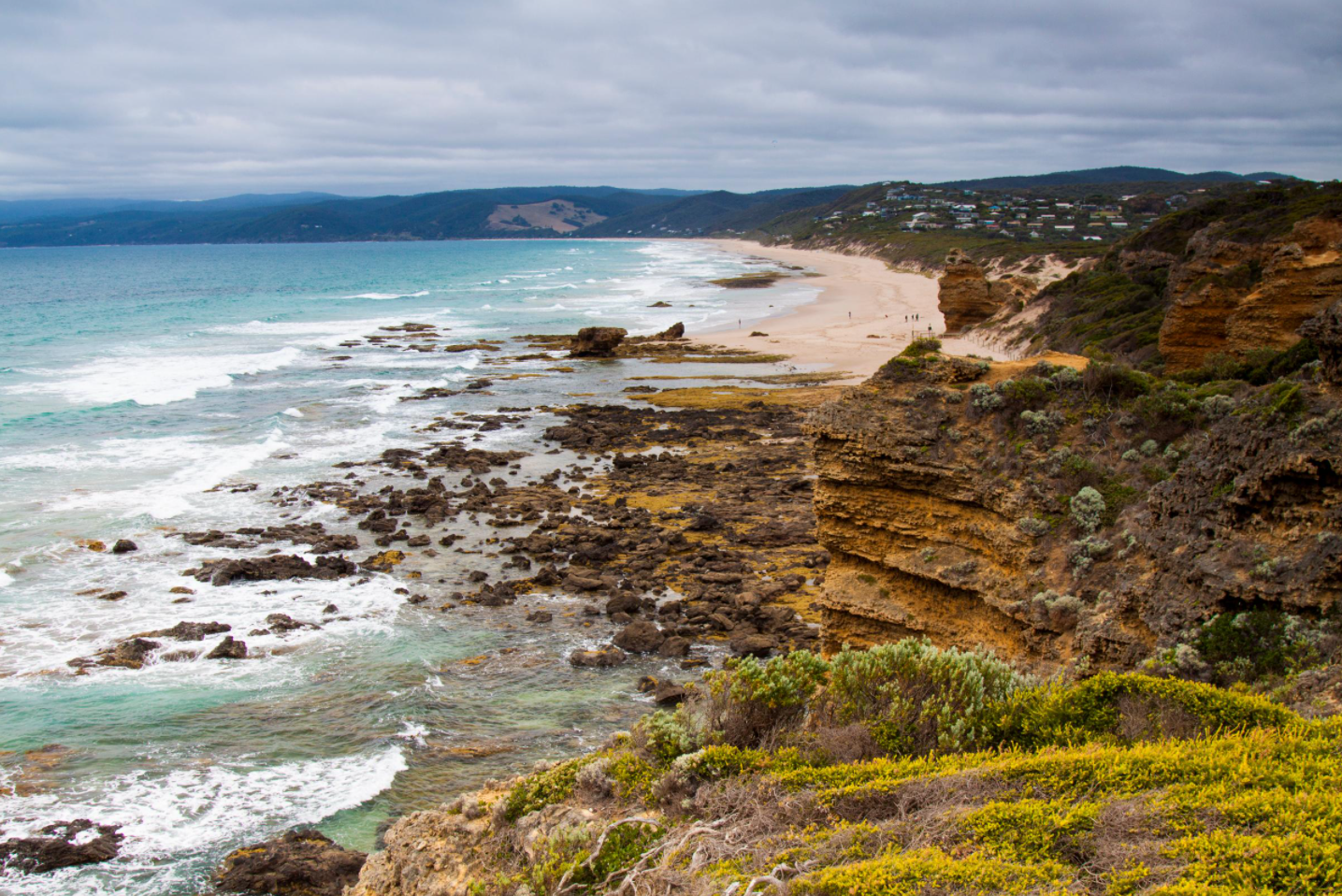
Ecosystems include animals and plants and the interactions they have with each other and their physical environment. Climatic conditions, particularly rainfall patterns and fire regimes, strongly affect the type and extent of an ecosystem and the animals and plants that are present.
The natural environment system spans public and private land. There are not clear boundaries between where the natural environment system ends, and other systems begin. There are strong connections between the natural environment system and the primary production system, built environment and water cycle systems. These are described later in this Plan.
Why is the natural environment important?
Victoria’s natural environment has an intrinsic right to exist and flourish.
The state’s diverse and unique mix of plants, animals, soils, seas and waterways function together as ecosystems, which produce some of our most basic needs – clean water, productive soil, natural pest control, pollination, flood mitigation and carbon sequestration.
Victoria’s natural environment is fundamental to human wellbeing and the quality of human life. The natural environment contributes to our economy through the provision of goods and services, to our mental and physical health, and to our spiritual and cultural wellbeing.
The value of these ecosystems to humans is immeasurable. Replacing the services they provide would be extremely challenging and costly, if not impossible.
The natural environment provides a wealth of benefits and offers the potential for more to be discovered. Maintaining our natural environment for future generations is important insurance in the face of ongoing change.
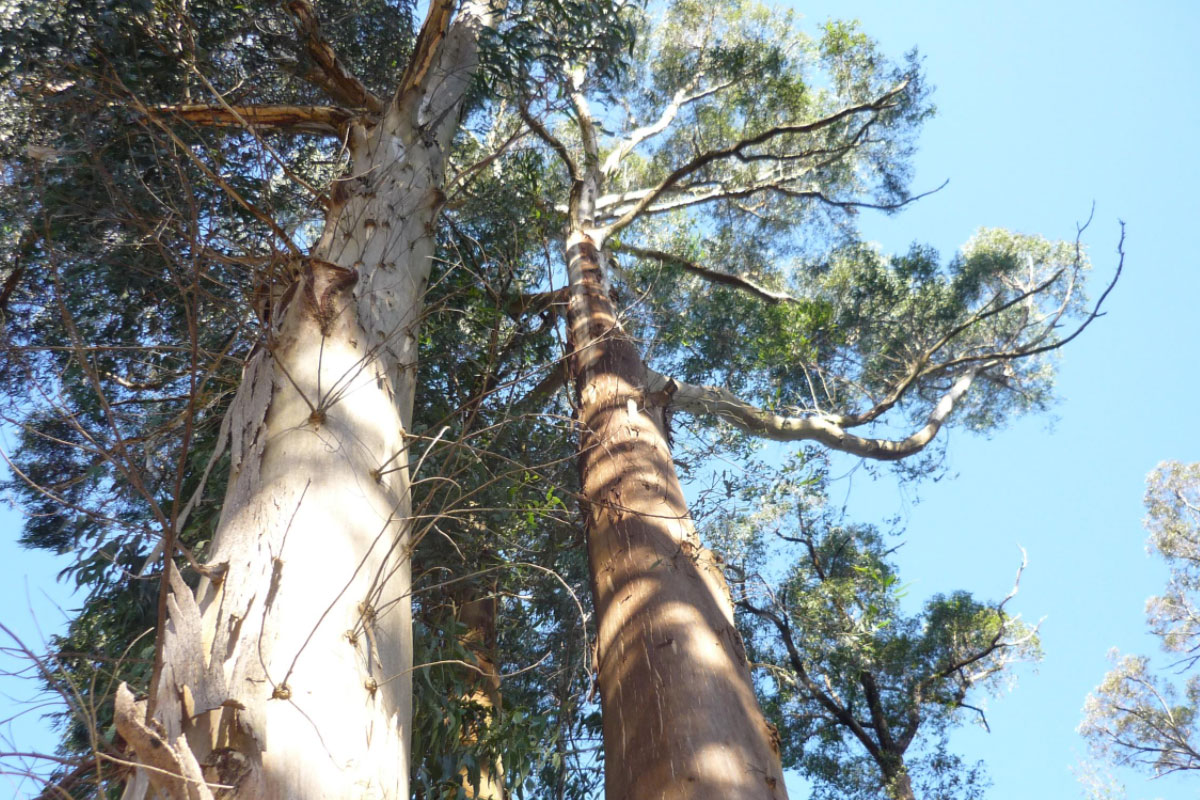
Victoria’s forests provide more than $3 billion worth of carbon sequestration per year.

Victoria’s agriculture, forestry and fisheries sectors rely on the natural environment, and contribute about $8 billion, or 2.8 per cent, to annual Gross State Product.
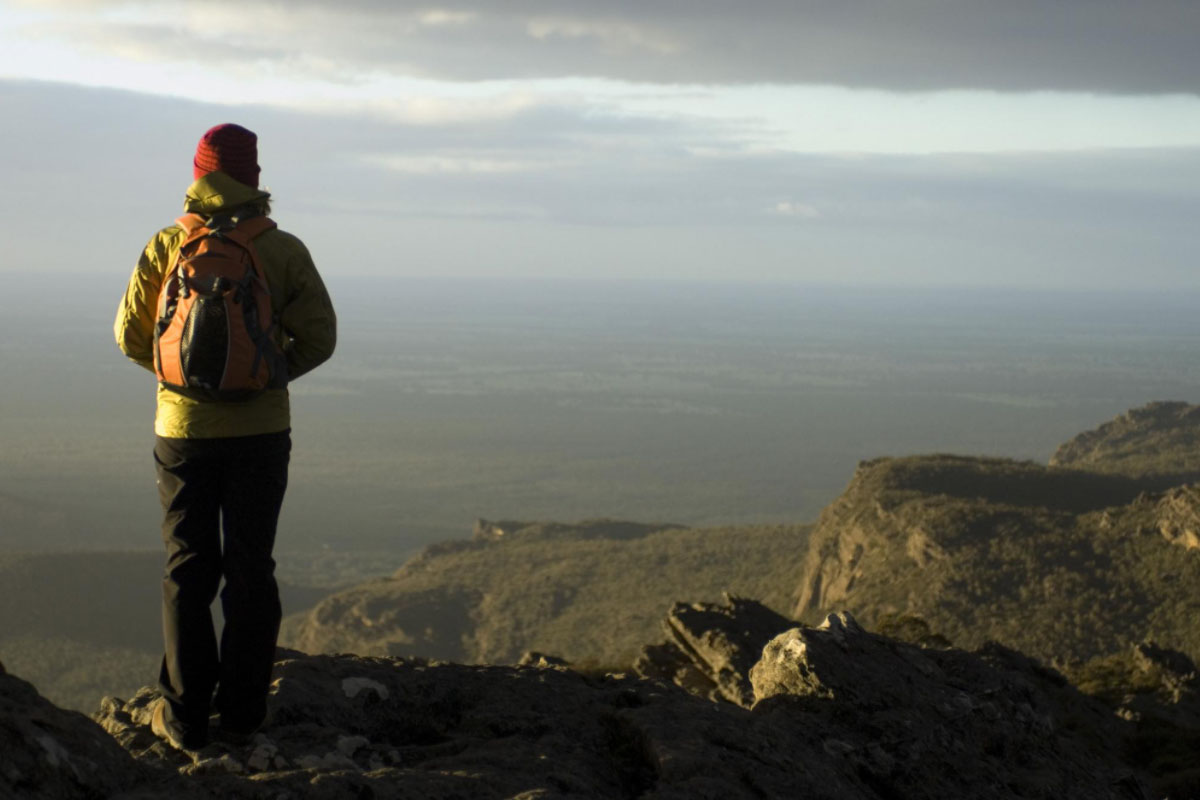
Victoria’s parks and forests generate at least $1.9 billion in tourism per year.

Victoria’s parks and forests provide at least $1 billion worth of water supply each year.
Aboriginal Victorians and connection to Country
Country that provides a healthy ecosystem in which the living world thrives is central to Traditional Owner wellbeing. Connection to Country is how Aboriginal Victorians define their identity and spirituality.
From a western perspective, the natural environment is often considered as being separate to human actions.
For Aboriginal Victorians, these two concepts are not separate, but rather intertwined, and this relationship has created the cultural landscapes and processes we see today.
The Charter of Human Rights recognises the rights of Aboriginal Victorians to practise their culture, and to enjoy the economic benefits that flow from healthy ecosystems.
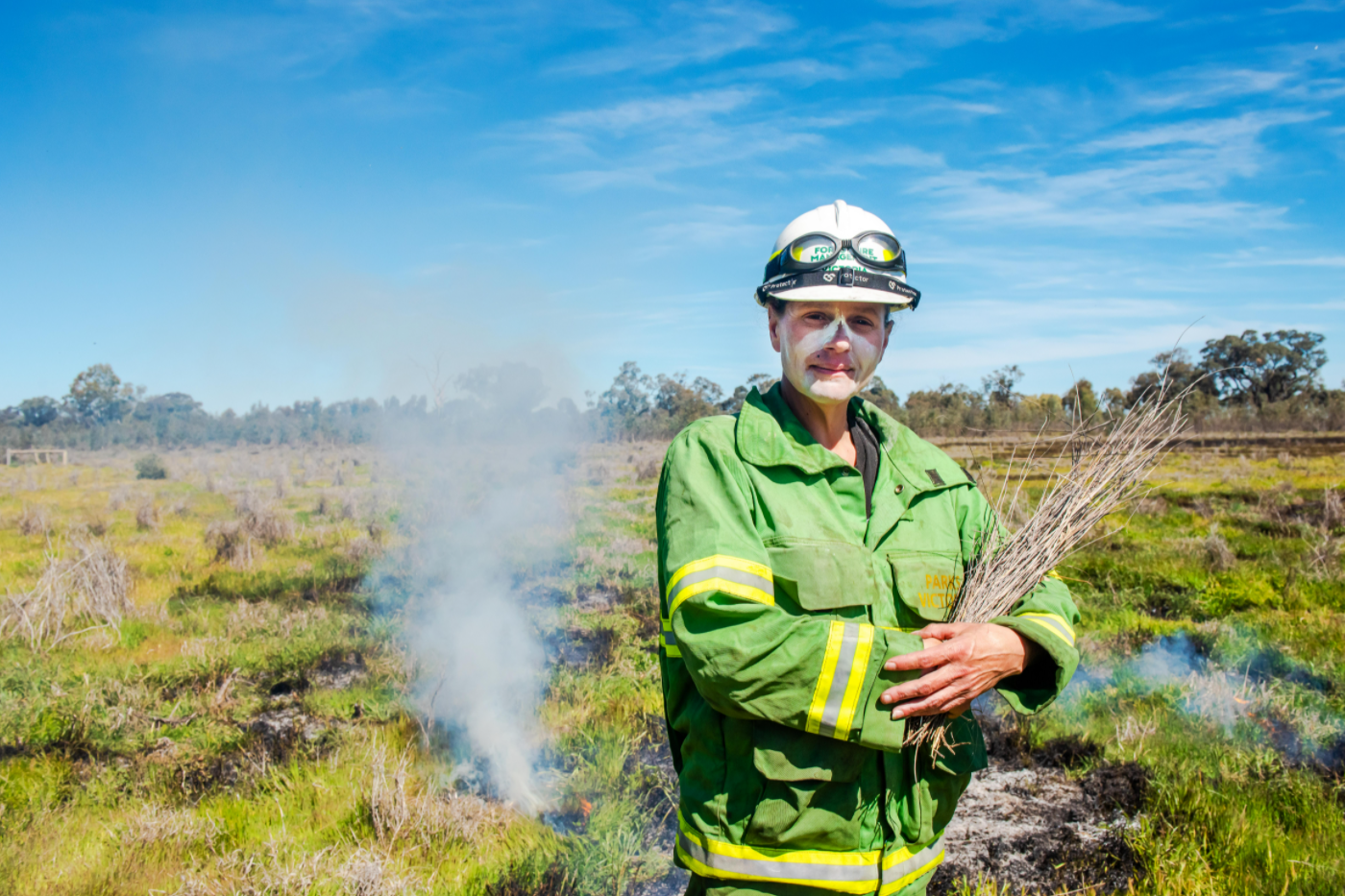
Who manages the natural environment?
A diverse range of people contribute to managing the natural environment. As a group they can be referred to as the ‘natural environment sector’.
- State government departments and agencies and local councils – in partnership with Traditional Owners and Aboriginal Victorians – develop policy, make plans and undertake on-ground actions.
- Volunteers, community groups and private landholders play an important role in managing parks, reserves and private properties.
- Various non-government organisations also undertake on-ground actions and advocacy.

Links with other systems
The six other systems developing adaption action plans under the Climate Change Act 2017 are:
- Primary Production
- Water Cycle
- Built Environment
- Health and Human Services
- Education and Training
- Transport.
These systems do not operate in isolation. Each one relies on, and may impact other systems, both positively and negatively. The natural environment system has many connections with the six other systems. Some of these are beneficial to the natural environment and some may be detrimental.
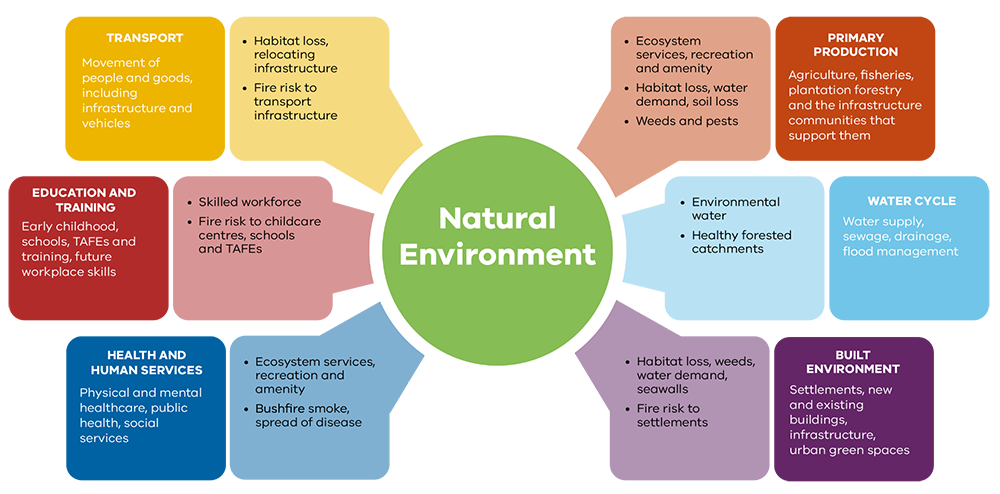
Page last updated: 09/02/22